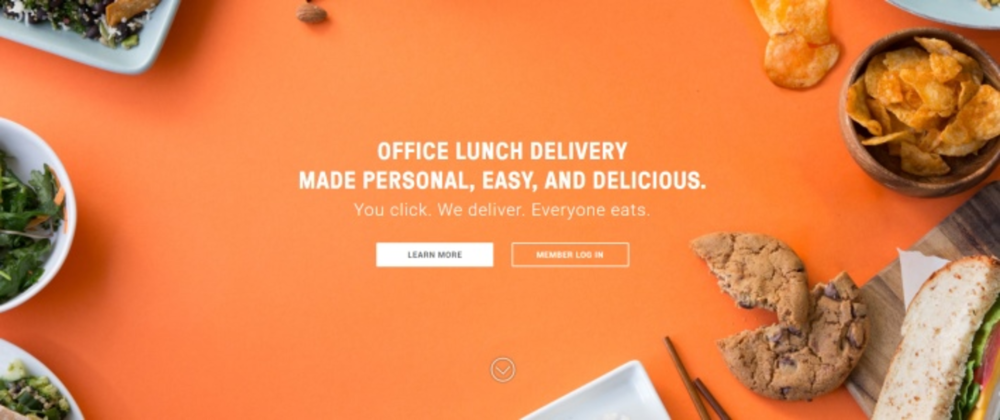Leads are like food: When not acted on quickly, they can become stale. EAT Club, an office lunch delivery service based in California, accelerated its lead-follow up time by automating processes and connecting disparate systems.
A bite-sized breakdown
EAT Club is all about productivity and helping employees save time on finding the right midday meal. But the brand’s lead follow-up process didn’t reflect these efficient values.
When potential customers requested information through its online form, EAT Club would capture those leads through its marketing automation software provider Marketo. It would then automatically send those prospects an email saying a sales representative would be in touch with them soon. The problem is that a representative didn’t follow-up with them soon. EAT Club’s Marketo platform didn’t connect to its CRM system Pipedrive, so the brand’s employees would have to manually feed information from one platform to another. Whenever the lunch delivery service would receive an inquiry, that inquiry would land in an inbox and an employee would have to forward it to the right sales representative. As a result, Emily Baratzadeh, demand generation manager at EAT Club, says that it took EAT Club about 24 hours to respond to a lead, which could cause the brand to lose business.
But a delayed response time wasn’t the only problem EAT Club faced. This manual process also led to human mistakes, such as employees accidentally marking inquiries as “read” or failing to forward them to the right person. In fact, Loïc Engulu, sales operations analyst for EAT Club, says that the brand once lost a $50,000 business opportunity because its sales team failed to find an inquiry until weeks after it was sent.
“We don’t want to miss opportunities because of human errors,” he says.
To speed up its lead follow-up time and avoid any other missed messages, EAT Club sought out a solution that could connect its Marketo and Pipedrive systems together and implemented integration platform Azuqua about 14 months ago.
An appetite for connectivity
The Azuqua platform allows users to connect disparate SaaS applications to automate processes and transfer data. This is done through the creation of “FLOs”—or sequences of connected actions. Through Azuqua’s visual designer, users can select an initial channel and then choose an event that will trigger a follow-up action in another channel. For instance, if EAT Club’s initial channel is its Marketo platform and the triggered event is a lead update, the lunch delivery service can set the Azuqua platform to automatically transfer data from Marketo to Pipedrive every time a new lead comes in.
This process allows EAT Club to automate its lead follow-up process and contact prospects quickly—illustrating that time really is money.
“Not acting on something that is hot wastes a lot of money,” says Nikhil Hasija, CEO and cofounder of Azuqua.
A consumption of results
Since implementing the platform, EAT Club has been able to reduce its lead follow-up time to one hour—sometimes even 10 minutes, notes Engulu. As a result, he says that the company has increased its lead-to-customer-conversion rate; although he did not provide exact figures.
“It’s really invaluable,” he says.
In terms of future initiatives, Engulu says that EAT Club would like to use Azuqua to better connect its customer service teams to its data—creating a more unified organization and, ultimately, customer experience, for all.








